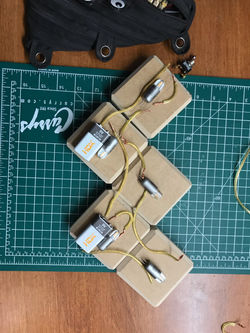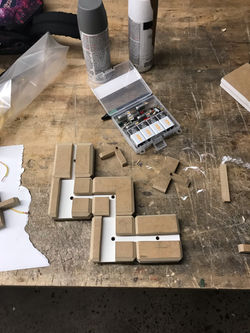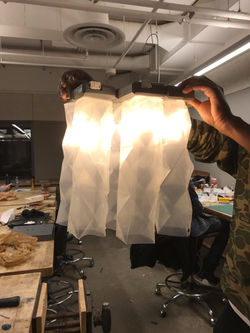Design Process
Step 1
Research & Requirements
-
Review Project Criteria
-
Investigate User Needs & Competitors in the current market
-
Calculate feasibility of Design and Manufacturing
-
Specifiy and prioritize the hierarchy of requirements.
 |  |
|---|---|
 |
When we launch the project, we analyse the project's aims, the project background and any relevant prior research we may have. Next we strategize our design research to focus on the users, the potential design and engineering specifications and materials and manufacturing considerations. This sets the trajectory for the concepts
 |  |
|---|---|
 |  |
Step 2
Design Concepts
-
Idea Generation
-
Sketches and Renders
-
2D/3D CAD Modeling
-
Bundle Potential Design Concepts
-
Consumer Review
Utilizing the research and requirements, we generate ideas and evolve design concepts into 3D CAD models. We use these models to provide potential consumers or end users with a visual representation they can engage with to get their feedback. Their feedback is used to refine the design's functions and aesthetics.
Step 3
Prototyping & Refinement
-
Sketch model
-
Sketch model evaluation
-
Consumer review
-
Design refinement
-
Sketch model refinement
 |  |
|---|---|
 |  |
Prototypes are created to examine and justify various aspects of the design such as aesthetics, ergonomics, mechanics, electronics, and the user experience . They are useful for pointing out design flaws or unforseen errors in the CAD model. This is used as the feedback loop for further improvement prior to the manufacturing stage.
 |  |
|---|---|
 |  |
Step 4
Manufacturing
-
Manufacturer Sourcing
-
Project Information Transfer
-
2D/3D CAD Modelling
-
Product & Packaging Sample Refinement
After creating refined prototypes , the engineering documentation is passed onto the selected manufacturer/s. They will align with your requirements on costs, low production quantities, logistical support, etc. Once product and packaging samples are received, they are further refined. When this is completed, manufacturing can begin on a larger scale.